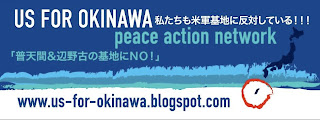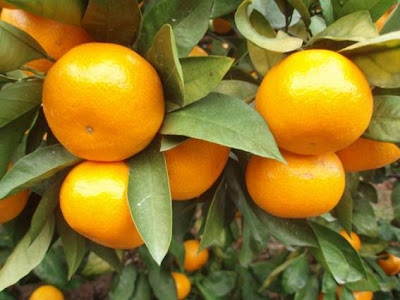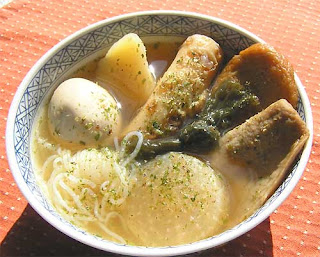Enka: Departing From Tokyo (1995)
東京発 Tokyo hatsu with Takao Horiuchi. Nice karaoke number from 1995. This was the theme song for the detective series, Inspector Hagure, that I'm sorry to say I never had a chance to watch. The song is about leaving Tokyo for the north. 東京発北国へ Tokyo hatsu kita kuni he "Departing from Tokyo, for the northern parts of the country" 時の針が昔に戻る Toki no hari ga mukashi ni modoru "The needles of the clock return to the olden days" And there are lots of nostalgic memories and sadness and joy. Takao Horiuchi has a website too, in case you wanted to know more about the singer and your chances to experience him live during 2010 ... Born in Osaka, I wonder why he didn't make it Osaka hatsu?















